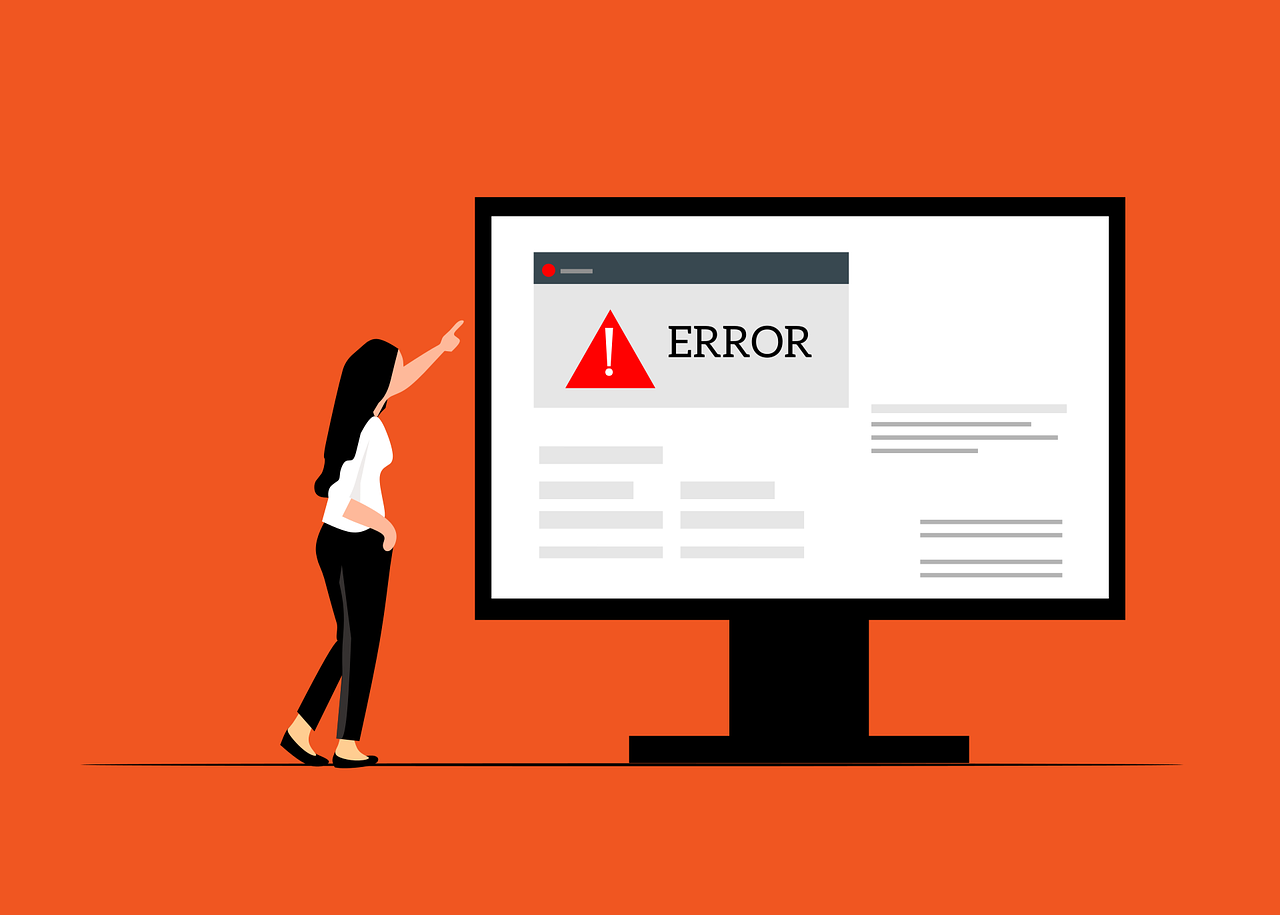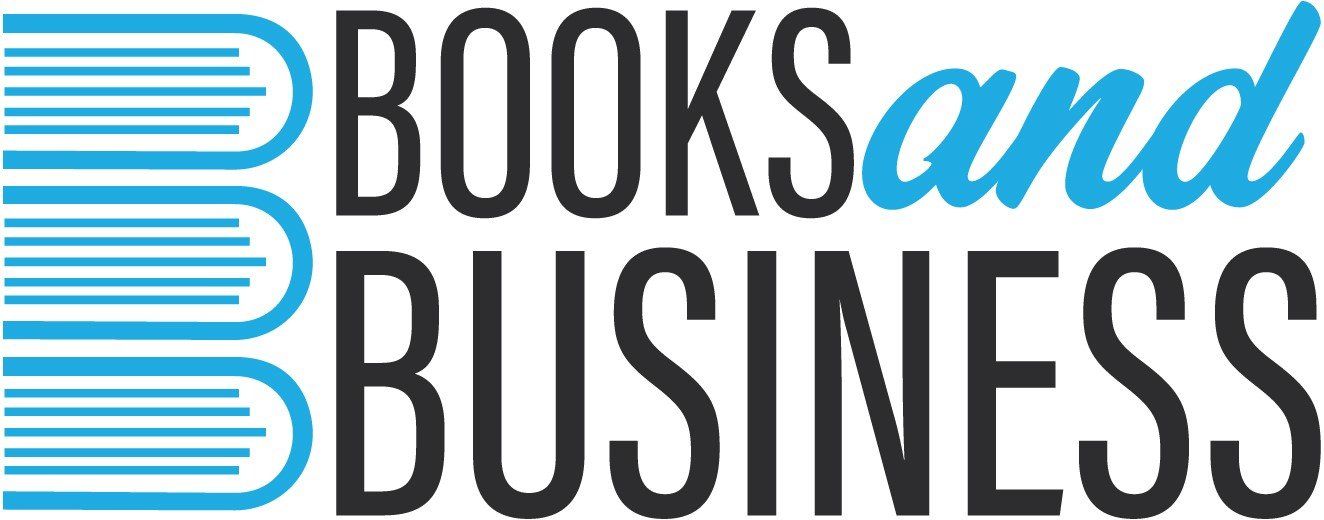HMRC VAT penalty charges shake up!
Here is a brief reminder about the various new HMRC changes to VAT penalties and interest charges that will replace the old VAT default surcharge system. HMRC have also made a short video about the changes, watch it here.
HMRC will issue new penalties for VAT returns that are submitted late as well as VAT that is paid late. Interest will also be charged on these payments as well as the amount overdue.
If you submit your VAT return late
From now on if you submit your VAT return late you will receive penalty points, this includes nil payment returns. For each late return you will receive 1 penalty point. Once you have reached your penalty threshold (see below) you will receive a £200 penalty, followed by a further £200 penalty for each subsequent late submission whilst you are in your threshold.
Accounting period Penalty points threshold
Annually 2
Quarterly 4
Monthly 5
Visit HMRC's website for an example of how this works with a business making quarterly returns as well as thresholds for businesses that use non-standard accounting periods or make changes to their accounting period here
If you make your VAT payment late
HMRC have advised that late payment penalties, which the sooner you pay the lower the penalty will be, will apply to any payments of VAT not paid in full by the required due date. However, you can request a payment plan known as a Time to Pay arrangement with HMRC if you are struggling to make payments; they suggest you do this as soon as possible. If an arrangement is agreed, it could mean lower or no late payment penalties dependant on your circumstances.
The first late penalty will come into force if your payment is 16 or more days overdue. Followed by a second penalty if your payment is 31 or more days overdue. For example:
First late payment Second late payment
penalty penalty
Payment up to 15 days overdue None None
Payment between 16 & 30 days overdue 2% on the VAT None
owed at day 15
Payment 31 days or more overdue 2% on the VAT daily rate of 4% per year
Owed at day 15 on the outstanding balance
plus
2% of what is still charged everyday until
outstanding at day the balance is paid in full
30
Therefore, in order to avoid a late payment penalty ensure you pay in full by day 15 or arrange a Time to Pay arrangement with HMRC before day 16.
Visit HMRC’s website for more information on late payments here
Late payment interest
HMRC will charge you interest on any late payments from the first day the payment is overdue, this is in addition to the late payment penalty which becomes due if the payment is more than 15 days late. Interest is charged at the Bank of England’s Base rate which is currently 3.5% plus 2.5%. Interest will also be charged on late payment penalties and late submission penalties as explained above.
Visit HMRC’s website for more detailed info here




